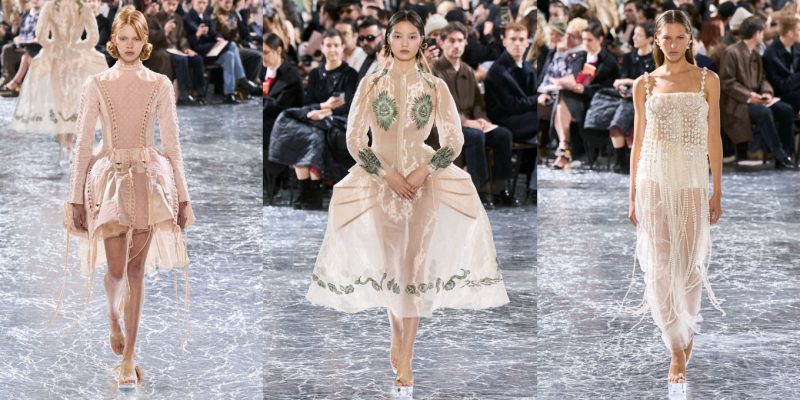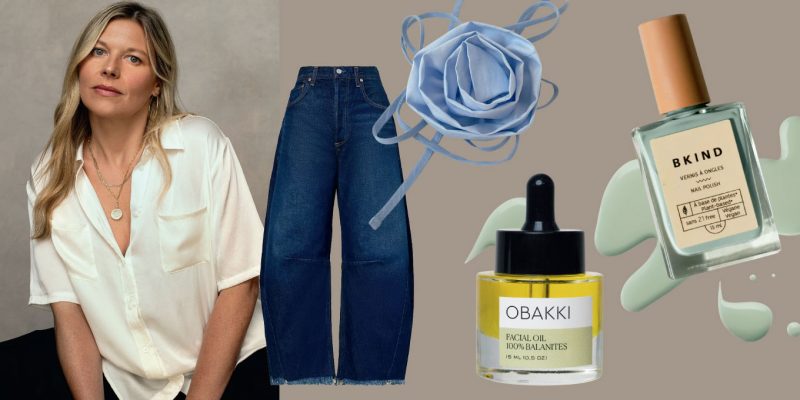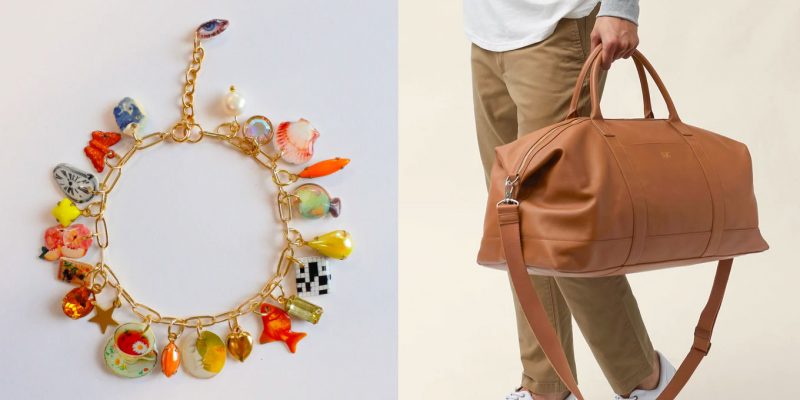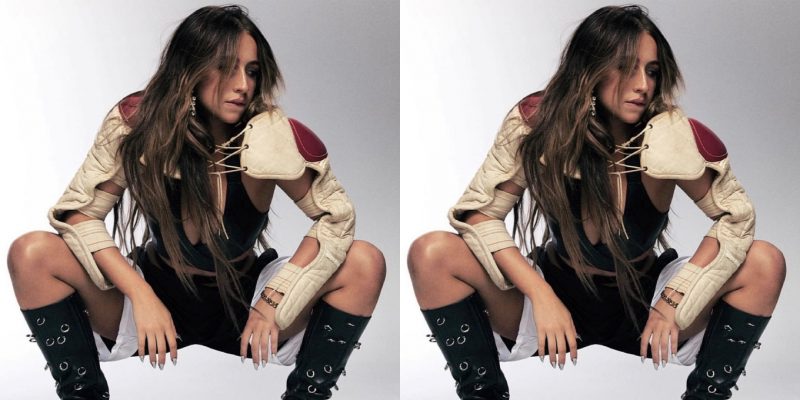Trends
Optical Illusions Are Fashion’s Latest Trend
There's more than meets the eye with trompe l'oeil.
by : Estelle Gervais- Apr 26th, 2023
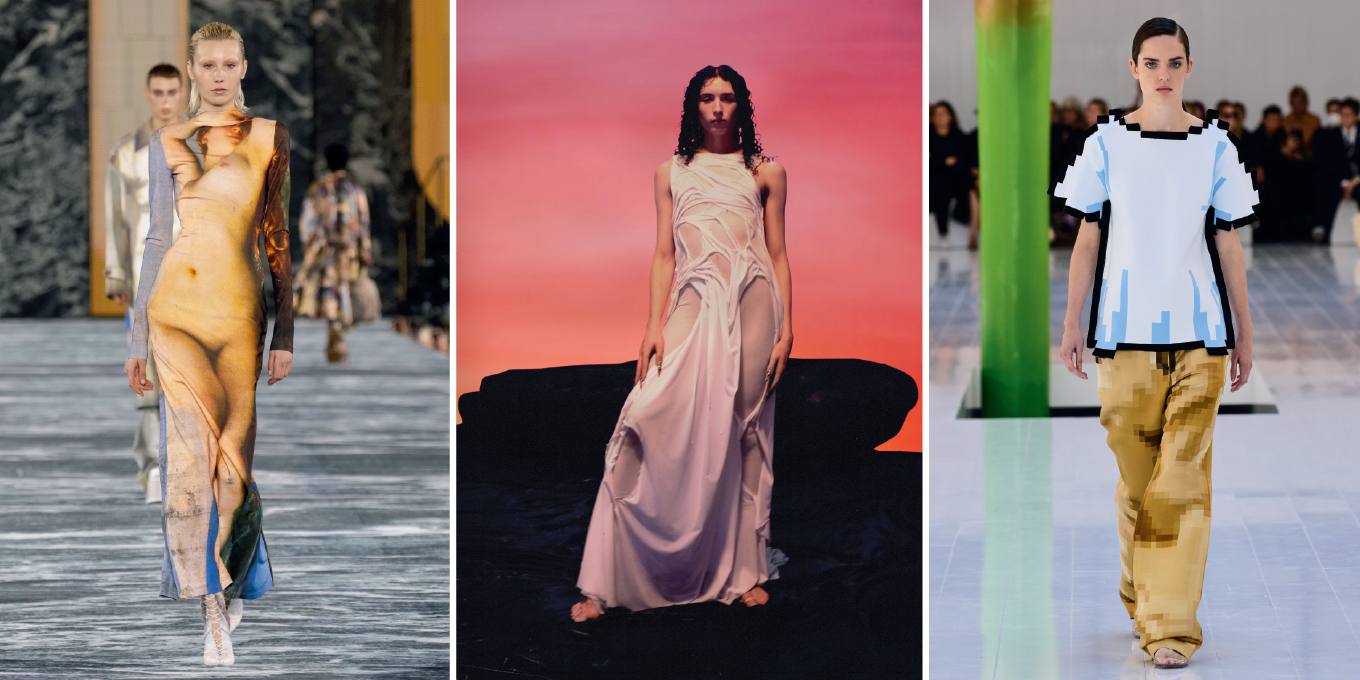
PHOTOGRAPHY, LAUNCHMETRICS SPOTLIGHT (RUNWAY) & COURTESY OF DI PETSA (LOOKBOOK)
When it comes to designing clothing that makes us question what we’re actually seeing, forward-thinking creativity and intricate-design techniques are essential. Optical illusions enable clothing to take on a life of its own by transforming the body into otherworldly shapes and depictions, prompting a conversation between the wearer and the world around them.
Trompe l’oeil has been a favoured design approach for many creatives over the past century. Elsa Schiaparelli’s commercial success in the 1930s was due in part to her use of the technique; she played with realistic prints of bows, bones, tattoos and animal skins in her designs, her most famous one being the “lobster dress,” which was hand-painted by her friend, surrealist artist Salvador Dalí. The concept evolved through the ’80s and ’90s and took on many shapes and forms. Belgian designer Martin Margiela crafted dresses out of wigs and made camel toes cool with his iconic Tabi boots (prized footwear that’s still being adopted by Margiela-philes to this day), and Japanese designer Issey Miyake’s revolutionary pleated fabric—a bouncy featherlight polyester that can be moulded into geometric shapes—had a shape-shifting effect on any body that slipped into it.
Two French designers in particular made optical illusions their trademark: Manfred Thierry Mugler and Jean Paul Gaultier. Mugler turned women into sexy motorcycles, floating Medusas, chromed-out robots and flamboyantly colourful birds in jaw-dropping spectacles. And for his fall/winter 1995 collection, Gaultier, inspired by the technology race happening at the time, created a cyber print featuring strategically placed different-coloured dots that outlined the wearer’s silhouette. Before he retired, the “enfant terrible de la mode” was ingenious enough to decree that the creative direction of his brand be passed on to a different designer every season, and each one reinterprets Gaultier’s innovative designs in the most grandiose of ways. For spring/summer 2023, Y/Project’s Glenn Martens got inspired by another one of Gaultier’s famed trompe l’oeil feats—a naked-body print—and reimagined it in an array of contrasting neon shades on floor-length dresses, miniskirts, button-down shirts and denim suits.
“As designers are on a constant quest to make their mark in the world of fashion, their use of optical-illusion techniques can be surprising, to say the least. ”
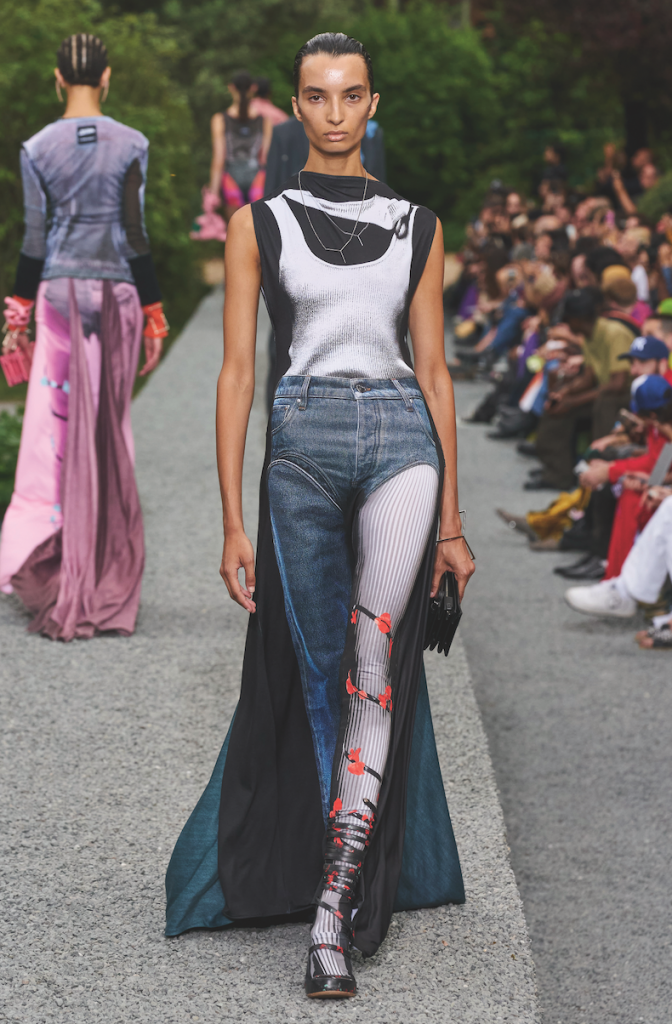 Launchmetrics Spotlight
Launchmetrics SpotlightThe coveted Y/Project x Jean Paul Gaultier isn’t the only spring/summer 2023 line to make use of optical illusions. At Paris Fashion Week, Schiaparelli designer Daniel Roseberry featured a realistic-looking handcrafted wolf’s head strapped onto Naomi Campbell’s coat as she strutted down the runway as well as a giant lion’s head on Kylie Jenner’s chest as she sat in the front row. Loewe’s Jonathan Anderson presented pixelated sweaters straight out of old-school video games and baroque-inspired panniers sticking out of minidresses. The star of the Loewe show was the anthurium flower—“a product of nature that looks like an object of design and is treated as such,” said Anderson—which turned the models into femme fleurs. For Balmain’s 7,000-guest runway show, Olivier Rousteing sent an army of futuristic female samurai down the runway wearing twisted oversized hip corsets, intricate shoulder wings and dreamy Renaissance prints.
Across the pond, up-and-coming British designer Di Petsa has been making waves with one particularly flattering design: the “Wetlook.” The celebrity favourite makes one look like they are wearing a soaked garment—a perfect recreation of the see-through, body-clinging effect of water on fabric in the most romantic way. She says her inspiration for these coveted pieces was the idea of creating a vision of a totally wet woman embracing the fact that we come from water. “Our bodily waters and expressions of wetness are [part] of nature and [part] of [us], and we shouldn’t have to dilute or hide our wetness, whether that be crying, breastfeeding or leaking in public—these are all natural expressions of the body and our lived experience,” says Petsa. “So with the ‘Wetlook’ dress, by wearing this garment in public, the wearer is making a statement about embracing their wetness, the beauty of living authentically and their connection to their body and the earth.”
Playing with perspective and dimensions to create optical illusions is a technique used in other creative media to make us rethink how we perceive things. Fascinated by the tension between abstraction and figuration, fashion photographer and director Alex Black has developed a scanning technique that makes models and the clothing they’re in look two-dimensional, something she’s used in editorials for Vogue and campaigns for Tom Ford and Diesel. “There’s something arresting in a scanned image,” says Black. “It’s still a photograph but one whose lighting, depth and angle we’re not familiar with. It makes people stop and ask ‘What am I looking at and how was this photograph created?’”
As designers are on a constant quest to make their mark in the world of fashion, their use of optical-illusion techniques can be surprising, to say the least. For his last-ever collection as Gucci’s creative director, Alessandro Michele made us do a delightful double take. His spring/summer 2023 show, Twinsburg, was a tribute to his mother and her twin, who both raised him equally. “The grace of their duplicated and expanded love gave rise to my eternal fascination for the double,” revealed the designer about his mothers. In the show, unbeknownst to the audience, sets of twins simultaneously walked the runway on either side of a central dividing wall. Then, in a grandiose unexpected finale, the separator was lifted to reveal 68 pairs of identical twins, who joined together for a now iconic double strut. “It’s a tension in the relationship between original and copy,” said the designer in a statement. “As if by magic, clothes duplicate. Fashion, after all, lives on serial multiplications that don’t hamper the most genuine expression of every possible individuality.” Indeed, designers playing with what’s real and what’s an illusion through their innovative designs is what makes the fashion world such a dreamlike one to live in.
Read more:
The Top Fashion Trends for Spring-Summer 2023
Everyone Seems to Be Going Pantless Right Now
Bows Are Trending—And It’s a Celebration of Girlhood
Newsletter
Join our mailing list for the latest and biggest in fashion trends, beauty, culture and celebrity.
Read Next

Fashion
Are Fashion Brands Getting Greener?
While the fashion industry is making a lot of noise about being more sustainable, a closer look shows that its earth-friendly commitments are often more illusion than reality.
by : Marouchka Franjulien- Apr 19th, 2024

Beauty
What Beauty Packaging Is Actually Sustainable?
We sought out leaders in the field to help us get to the bottom of the blue bin once and for all.
by : Victoria Christie- Apr 19th, 2024
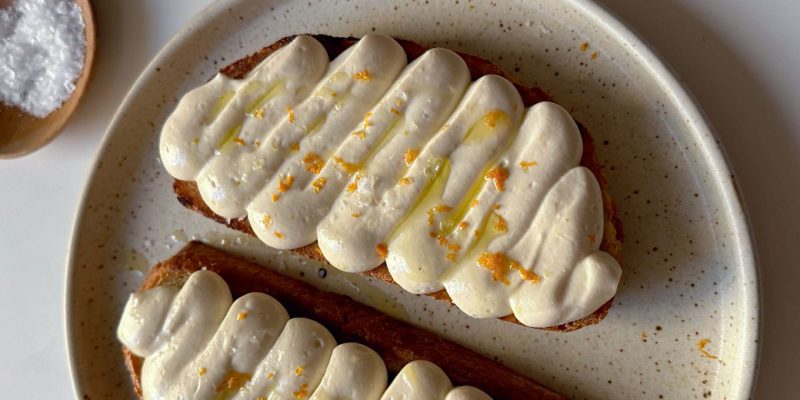
Culture
This Maple Whipped Tofu Toast Is Unreal
Light, fluffy with a touch of zest, this maple syrup-infused toast is a slice of heaven.
by : Margaux Verdier- Apr 9th, 2024

